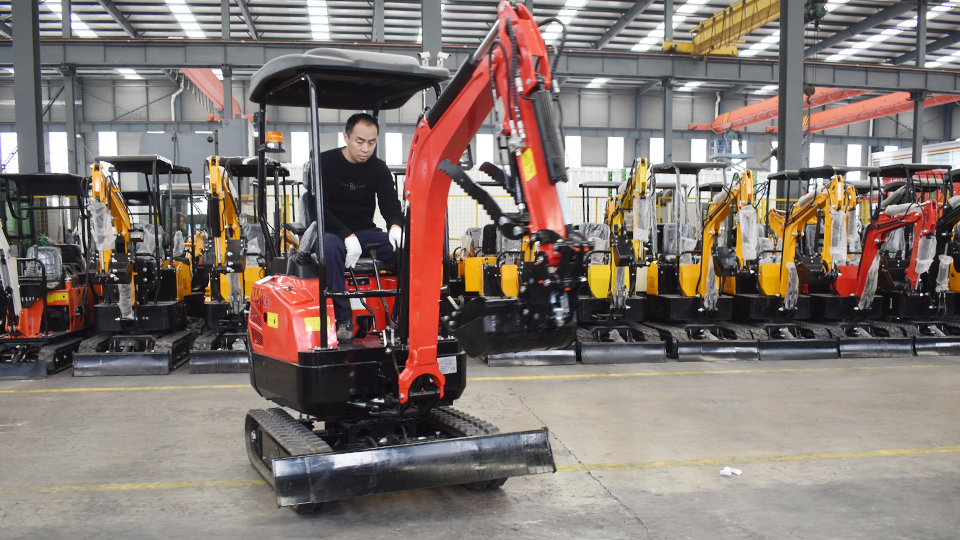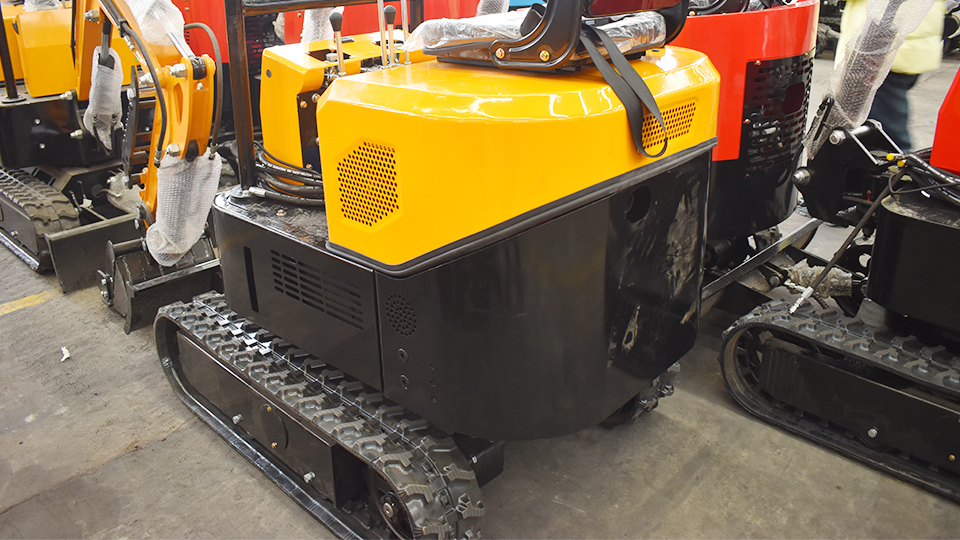Excavators, those ubiquitous workhorses of construction and mining, are known by a variety of names, reflecting their diverse applications and regional variations. While "excavator" remains the most common term, understanding the alternative names and their nuances is crucial for professionals in related industries. This article delves into the various terms used to describe excavators, explores their origins, and clarifies the distinctions between different types of these powerful machines.
Understanding the Core Function: Excavation
At its heart, an excavator's primary function is excavation – the process of digging and moving earth, rock, and other materials. This fundamental role is reflected in its most common name. However, the specific applications and designs of excavators have led to the development of alternative terms.
Alternative Names and Their Origins
Digger:
This is perhaps the most straightforward alternative, emphasizing the machine's digging capability.
It is commonly used in informal settings and among construction workers.
"Digger" is a general term that can apply to various digging machines, but it often refers to excavators.
Backhoe:
While technically a distinct type of machine, "backhoe" is sometimes used interchangeably with "excavator," especially in less technical contexts.
A backhoe is a tractor-like machine with a digging bucket at the rear and a loader bucket at the front.
The term is derived from the digging arm's backward digging motion.

Many people confuse smaller excavators with backhoes.
Power Shovel:
This term is more historically significant, referring to early excavators that used a shovel-like bucket to dig and load materials.
While modern excavators use hydraulic systems, the term "power shovel" is still used in some industries, particularly mining.
Power shovels are typically much larger than standard excavators.
Hydraulic Excavator:
This term emphasizes the machine's use of hydraulic systems to power its digging arm and bucket.
Modern excavators almost universally use hydraulic systems, making "hydraulic excavator" a technically accurate term.
This term is often used in technical specifications and industry documentation.

Crawler Excavator:
This term refers to excavators that use tracks (crawlers) for movement, providing stability and traction on uneven terrain.
Crawler excavators are commonly used in construction and mining.
Tracked excavators is another common term.
Mini Excavator:
This term refers to smaller, more compact excavators designed for confined spaces and lighter digging tasks.
Mini excavators are commonly used in landscaping, utility work, and residential construction.
Dragline Excavator:
This is a specialized type of large scale excavation equipment.
These machines use a dragline to move material, and are used in large scale mining operations.
Gradall:
This is a brand name that has become generalized in some regions.
Gradalls are known for their telescoping boom, and are used in many road and bridge construction projects.
360 Excavator:
This term refers to the machines ability to rotate its cab and boom 360 degrees.
This is a common term used by operators.
Distinguishing Between Excavator Types
It's essential to differentiate between the various types of excavators to avoid confusion:
Standard Excavators: These are the most common type, used for a wide range of digging and material handling tasks.
Long-Reach Excavators: These excavators have extended booms and arms, allowing them to reach greater distances.
Demolition Excavators: These are modified excavators designed for demolition work, often equipped with specialized attachments like breakers and shears.
Material Handling Excavators: These are optimized for moving large volumes of materials, often used in scrap yards and ports.
Zero-Swing Excavators: These are designed to rotate within their track width, making them ideal for confined spaces.
Regional Variations and Industry-Specific Terms
The terminology used to describe excavators can also vary by region and industry:
In some regions, informal terms like "digger" or "excavator machine" may be more common.
In the mining industry, terms like "power shovel" or "dragline" are still used.
Construction professionals may use more specific terms like "crawler excavator" or "mini excavator."
The Importance of Accurate Terminology
Using accurate terminology is crucial for:
Clear Communication: It ensures that everyone involved in a project understands the equipment being discussed.
Safety: Proper identification of equipment is essential for safety training and hazard assessment.
Equipment Procurement: Accurate terminology is necessary for ordering and specifying equipment.
Industry Standards: Adhering to industry standards for terminology promotes consistency and professionalism.
Conclusion
While "excavator" is the most widely used term, understanding the alternative names and their nuances is essential for professionals in construction, mining, and related industries. The diverse terminology reflects the various applications and designs of these powerful machines. By using accurate terminology, professionals can ensure clear communication, promote safety, and maintain industry standards.
Post time:Sep-25-2020
